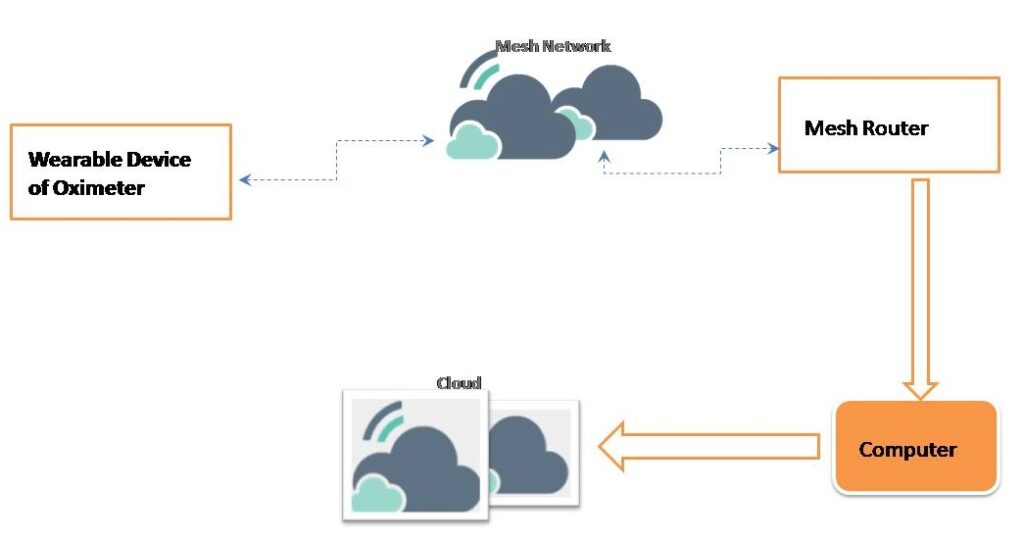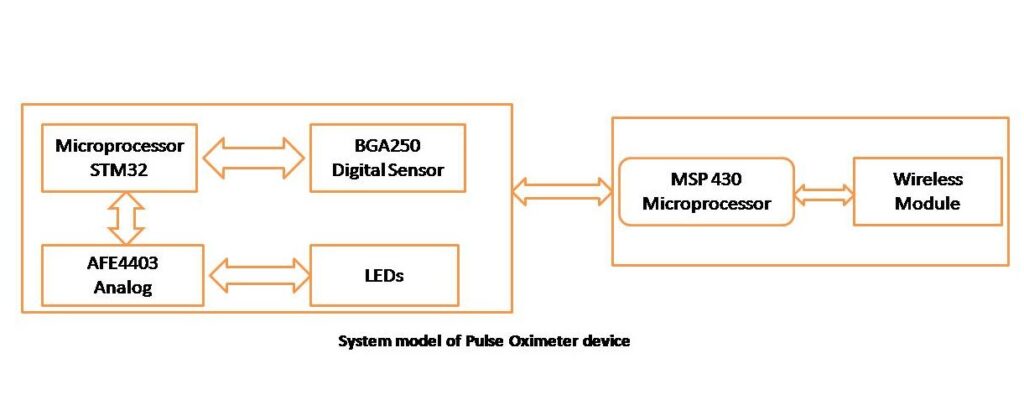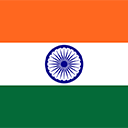In this pandemic situation, many companies have developed remotely health monitoring with smart wearable. People are buying different companies’ health monitoring systems with smart wearable. The health monitoring with smart wearable used for many parameters like measure oxygen level of the body and show real-time oxygen level of the body. Users have to place a finger into the device and within some seconds it will light up with numbers indicating the body oxygen level and heart rate.
Healthcare wearable devices are in the demand in this era of digitalization and pandemic situations. This device enables an individual to monitor their health remotely with the in-built capability of tracking the individual’s health. Nowadays, healthcare wearable designers and manufacturers are developing devices that indicating real-time data of individual health. Due to development in the internet of things, many parameters such as blood pressure, oxygen level, pulse rate or heart rate, and body temperature can be measure with smart wearable. Also, the internet of medical things developing many new devices of healthcare and it is easy to monitor users’ healthcare parameters.
The evolution of the internet of things, wireless networks, and medical sensors opened a way to maintain low power and intelligent health monitoring wearable. There are different wearable devices in the market that are equipped with monitoring of real-time oxygen levels of the body.
The measured parameters are transmitted to the central monitoring station and wearable dashboard by using wireless sensors network, mesh networks, Bluetooth, Wi-Fi, or cellular network. The oxygen level, SpO2 of the body is calculated by the reflectivity of skin in the visible and infrared spectrum region. Using LED light sources with two wavelengths to irradiate on the skin and generate oxygen saturation image of skin tissue. The SpO2 of human skin tissue can be calculated from the reflected imaging method illuminated by 660/890 nm lights.
The system architecture of remotely health monitoring with smart wearable
The system architecture mainly composed of wearable, mesh networks, mesh router, computer, and cloud. The remote health monitoring with smart wearable consists of a reflectance probe, wireless IoTs networks, and SpO2 module. The reflectance belt consists of two LEDs wavelengths of 660nm and 940nm. SpO2 module consists of analog signal processing, signal collection, and calibration. This is based on the STM32 microcontroller which operates at 3.3V. The low power processing SpO2 communicates with mesh networks which are later on processed and forwarded to the wearable’s dashboard.

In the system architecture of remotely health monitoring with smart wearable, the wearable is connected with the mesh network. The data coming from the wearable is passed from the mesh router and directly reaches the local computer. The computer will process these data and send it to the cloud. The system is composed of multiple sensors, namely, blood oxygen saturation and pulse measurement sensors which are attached to the user’s body.
For the blood oxygen and pulse measurement device, it is composed of physical information sensors, RF modules, and microcontrollers that can be put on users to monitor the blood oxygen and pulse rate. This device transmits gathered data to back-end servers to process data through the mesh networks. The transmission of information is consistent with IEEE802.15 protocols which by the means of multiple hops to transmit information. At the processing computer, mesh router nodes are responsible for converging info coming from wireless networks, Analog to digital conversing RF information using high-performance controllers, and after that undertaking of down-conversion.

In the system model of wearable, the measurement for the blood oxygen and heart rate provides users physiological parameters on the hardware end. The measurement device uses the analog front end chip AFE4403 in order to obtain a person’s blood oxygen and heart rate using an LED skin reflection signal. At that time, the measurement module uses a BGA250 for motion detection. The BGA250 provides digital output with low power consumption. Here, there is a used mixed-signal processor STM32 to calculate the blood oxygen level and pulse rate using LED reflection signals and motion detector signal. Processor MSP430 is used to control and monitor the whole system. For communication function, the device uses wireless transmission, like Bluetooth or Wi-Fi, or ZIGBEE.
The advantages of remotely health monitoring with smart wearable are mentioned below:
➥Oxygen Saturation and Pulse Rate Monitoring
➥Physical Activity and Interaction Monitoring
➥Weight Control and Monitoring
➥Heart Disorders
➥Blood Disorders
➥Glucose Monitoring
There are many advantages to remote monitoring systems with wearable. Also, there are many challenges in the way before their large-scale use including technology and cultural barriers. The study shows that the applications of wearable in healthcare will be at a booming stage in near future. However, this system has the ability to show real-time data with minimum error and in non-invasive mode. Using this device, we can get the idea that our body is deoxygenated or oxygenated with the calculated heart rate. Also, while using this device and other additional features, the concerned person of patients or users can get real-time data of oxygen level and pulse heart rate.



